Manufacturer: Asus
UK price (as reviewed): MSRP £383.99 (inc. VAT)
US price (as reviewed): TBC
The scrapping of the Impact in Asus' motherboard lineup for anything newer than the Z170 chipset was a blow to the enthusiast scene, and while the Strix replacement fared well in the upper tiers of mini-ITX motherboards, it never quite managed the same level of crazy and drool-worthiness as the Impact. However, even we wouldn't have predicted that the Impact would return on an AMD socket given that it was confined entirely to Intel for its first few generations. Below, though, as you can see, it's very much back and with all sorts of bits attached to the PCB, so let's take a look at what's new and see whether the Crosshair VIII Impact deserves its rather outrageous price tag.
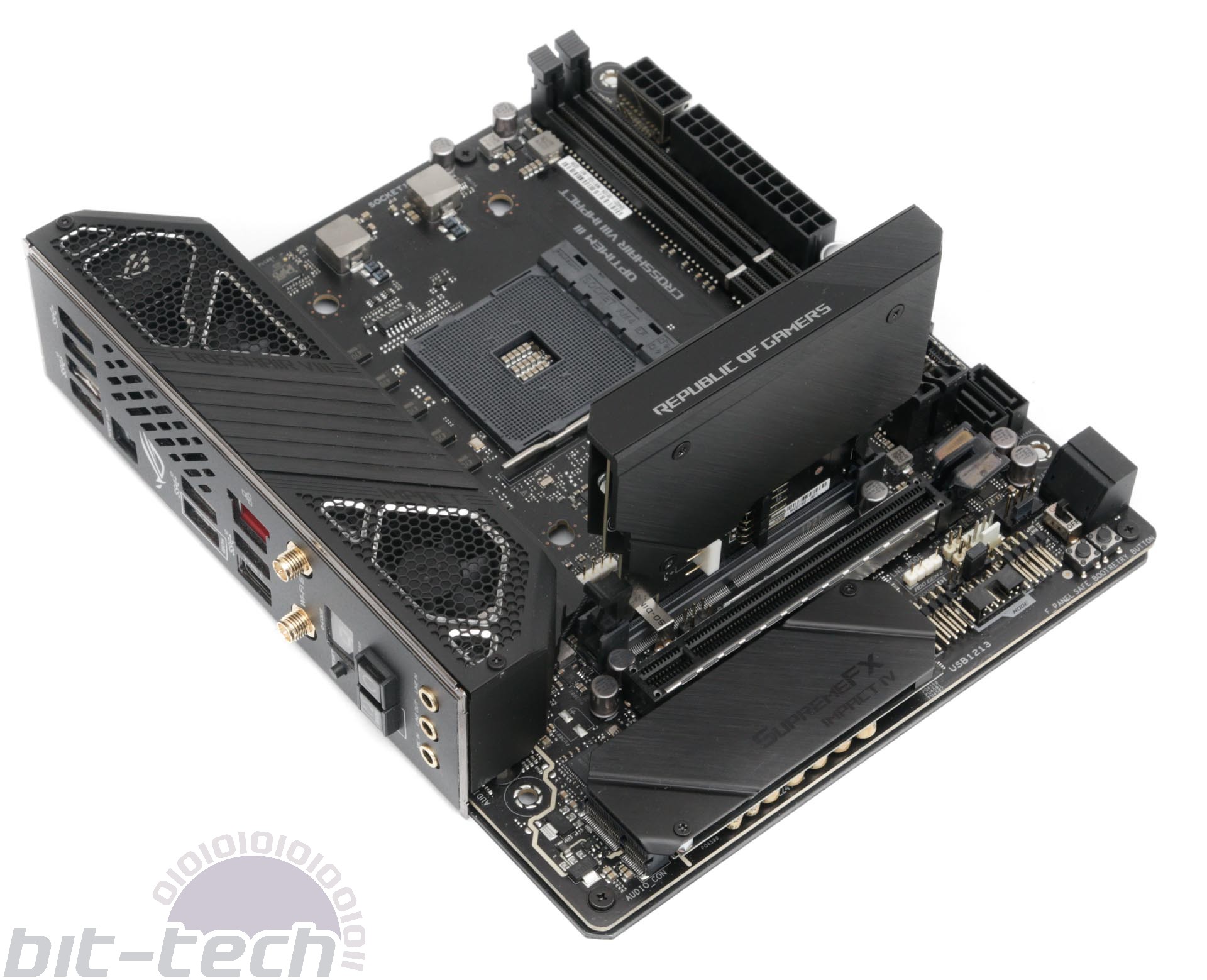
We'll start at the bottom, because this is the most controversial area of the board, as it extends a good inch past mini-ITX dimensions, instead fitting the slightly larger mini-DTX form factor. It's essentially a slightly longer board, and while this won't pose issues in some mini-ITX cases (Lian Li TU150, for example), others definitely will. It's clearly something that will need to be worked out on a case-by-case basis (pun intended) and something you'll need to carefully consider.
That M.2-like port at the bottom is actually the audio circuitry, and the "heatsink" is just a fascia. Only the custom audio board will work in it, and Asus specifically prohibits using anything else, stating it could damage the board. The audio itself is a typical Asus-tweaked Realtek ALC1220 codec dubbed SupremeFX and sports an ESS Sabre 9023P DAC. However, as the eagle-eyed will have spotted, there are just three audio jacks on the back panel, and this means that, according to the instructions with the board, any speaker systems with a channel count of four or more (basically any sort of surround sound) will need to utilise the front audio ports on your case, as one of the jacks is fixed to microphone functionality. That is, of course, unless your speakers can instead make use of the optical output.

There's a bundle of coolant flow headers and temperature probes along with the various Asus extreme overclocking tools on the southern end of the board too, with a single water-cooling pump header able to dish out 3A/36W of power. You get five fan headers in total, with two assigned to radiator fans on the SO-DIMM.2 module (more on this below), though you can, of course, use them for anything.
There's also a quartet of SATA 6Gbps ports, so there's scope for building a reasonably potent PC in terms of storage, although it's clearly an area that's always going to be lacking compared to ATX boards. With small form factor cases, though, you'll struggle to find one that can house more hard disks than this anyway; it's not exactly the point. Two of the four SATA ports are right-angled; these are the only ports on this side of the PCB that have this advantage, as the power, USB 3.0, and remaining SATA ports all face upwards.
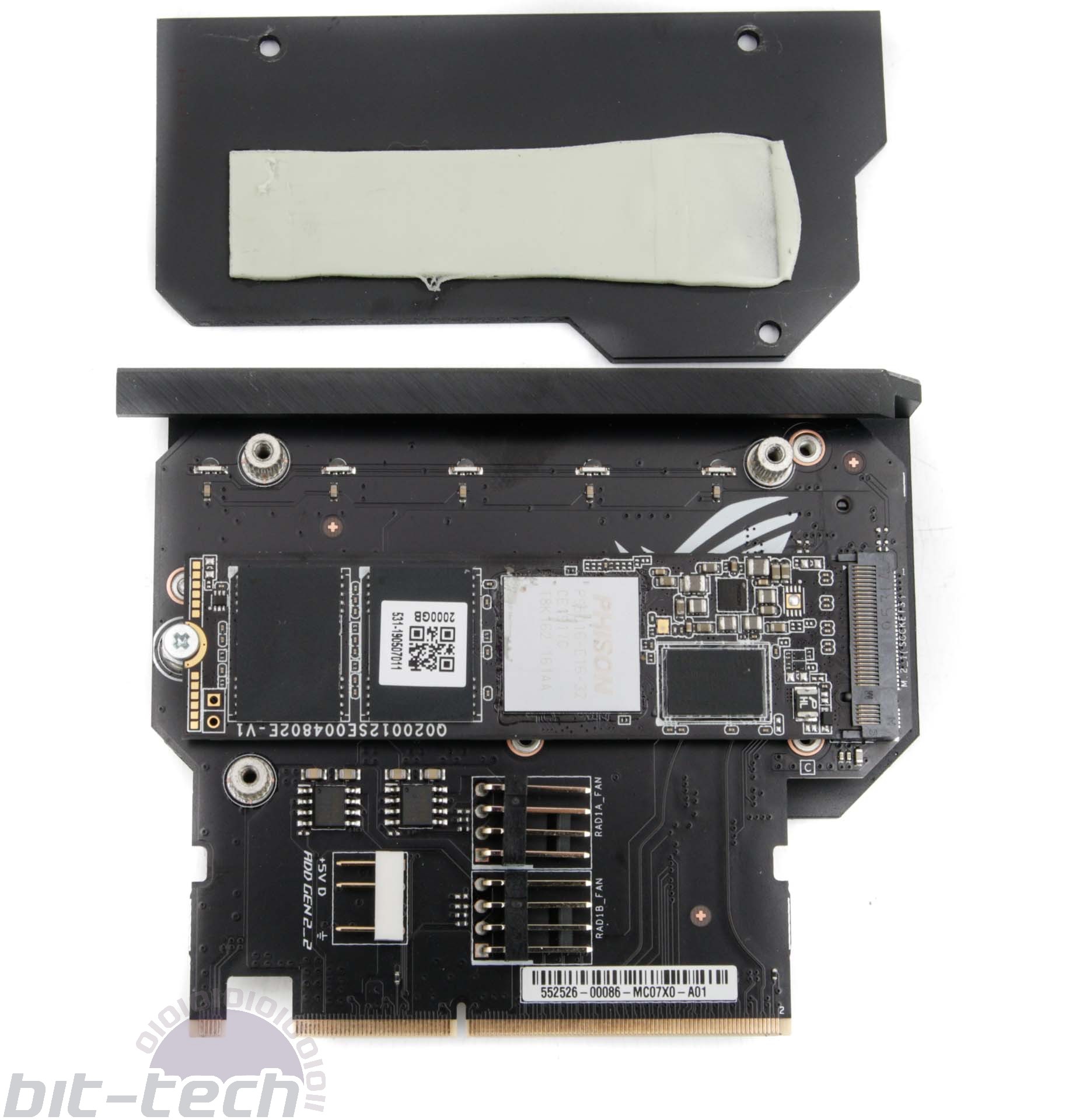
We're big fans of Asus' DIMM.2 modules, as they're genuinely useful, effective, and something the competition doesn't have. Here, it's cutely named SO-DIMM.2 and sports two PCIe 4.0/SATA 6Gbps M.2 ports, the aforementioned pair of four-pin fan headers, and an extra RGB header of the three-pin digital/addressable variety. Each M.2 port is topped by a separate large heatsink, and the added height means these can take more advantage of your case's airflow (or for us, a very exposed part of the test bench). For example, we saw a peak M.2 temperature of just 45°C, which is one of the lowest we've ever seen. The SO-DIMM.2 solution means Asus neatly avoids using an M.2 heatsink that gets trapped under your graphics card, although it's not the most elegant thing to look at on the PCB.

There's an 8+2 phase power delivery that's hopefully going to be tough enough to deal with that Ryzen 9 3950X that you'll no-doubt want to be pairing with this motherboard, but it's the way this is all cooled that's the most impressive part of the Impact. Above, you can see the chipset off to the left under a large, single-piece aluminum heatsink that also cools the row of chokes too. Above this are two small slits that reveal a separate pair of finned heatsinks inside the I/O shroud, which attach to the main metal block and are simply there to make best use of two 30mm fans in the top.
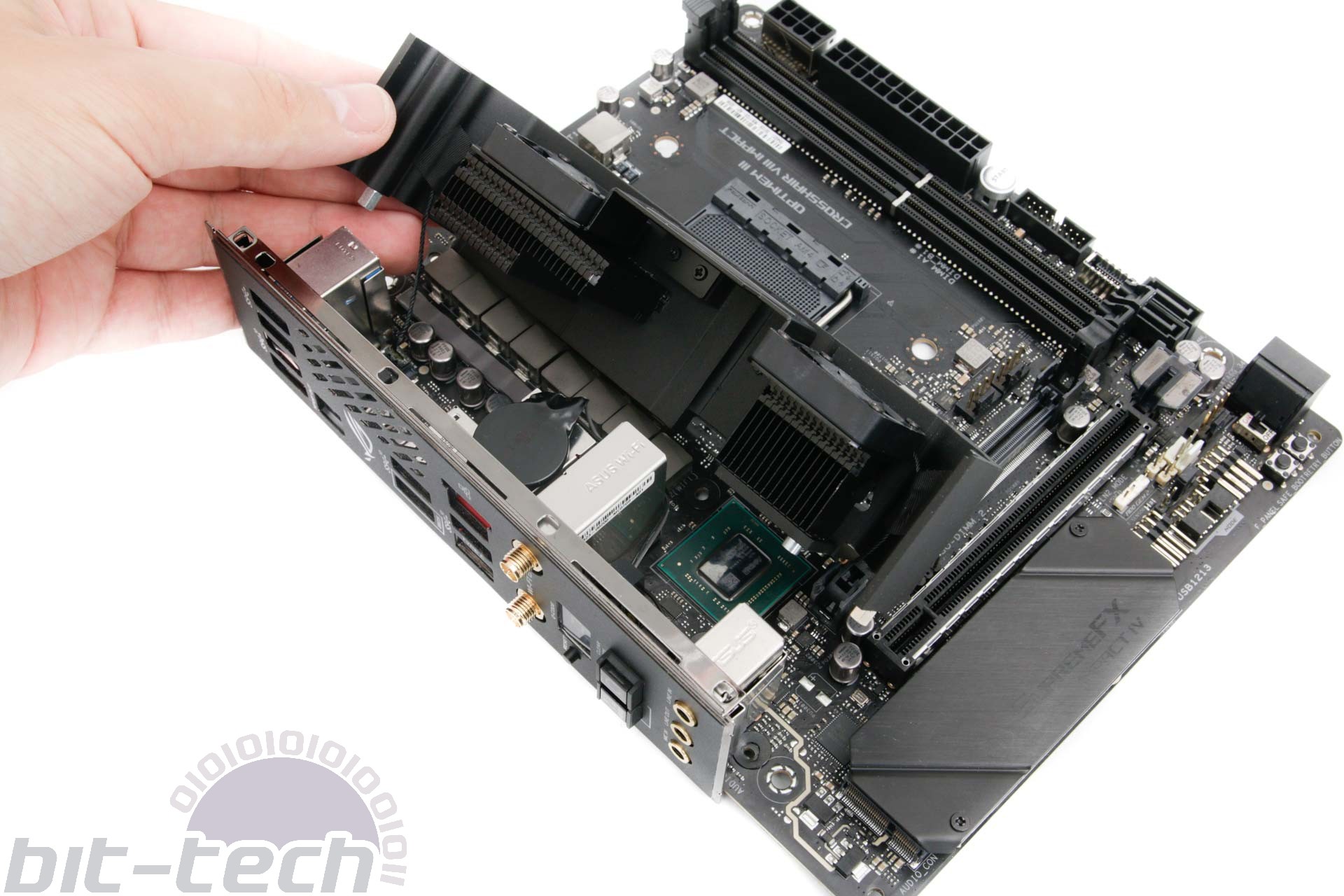
These are intake fans, and air is blown down through the heatsinks, exhausting at various angles. The fans are also specifically placed to deal with the two main hotspots - the VRMs and the chipset. They do remain fairly quiet and can also be tweaked in the Asus EFI or AI Suite software, but even with default settings they seemed to work extremely well, with the peak VRM temperature sitting at 50°C (as reported in the software). Meanwhile, our IR probe sat at 44°C for the rear of the PCB VRM area and 42°C topside, which are all remarkably low temperatures. The majority of boards we've tested do not have actively-cooled VRMs, so this is partly to be expected, but good cooling is good cooling nonetheless.
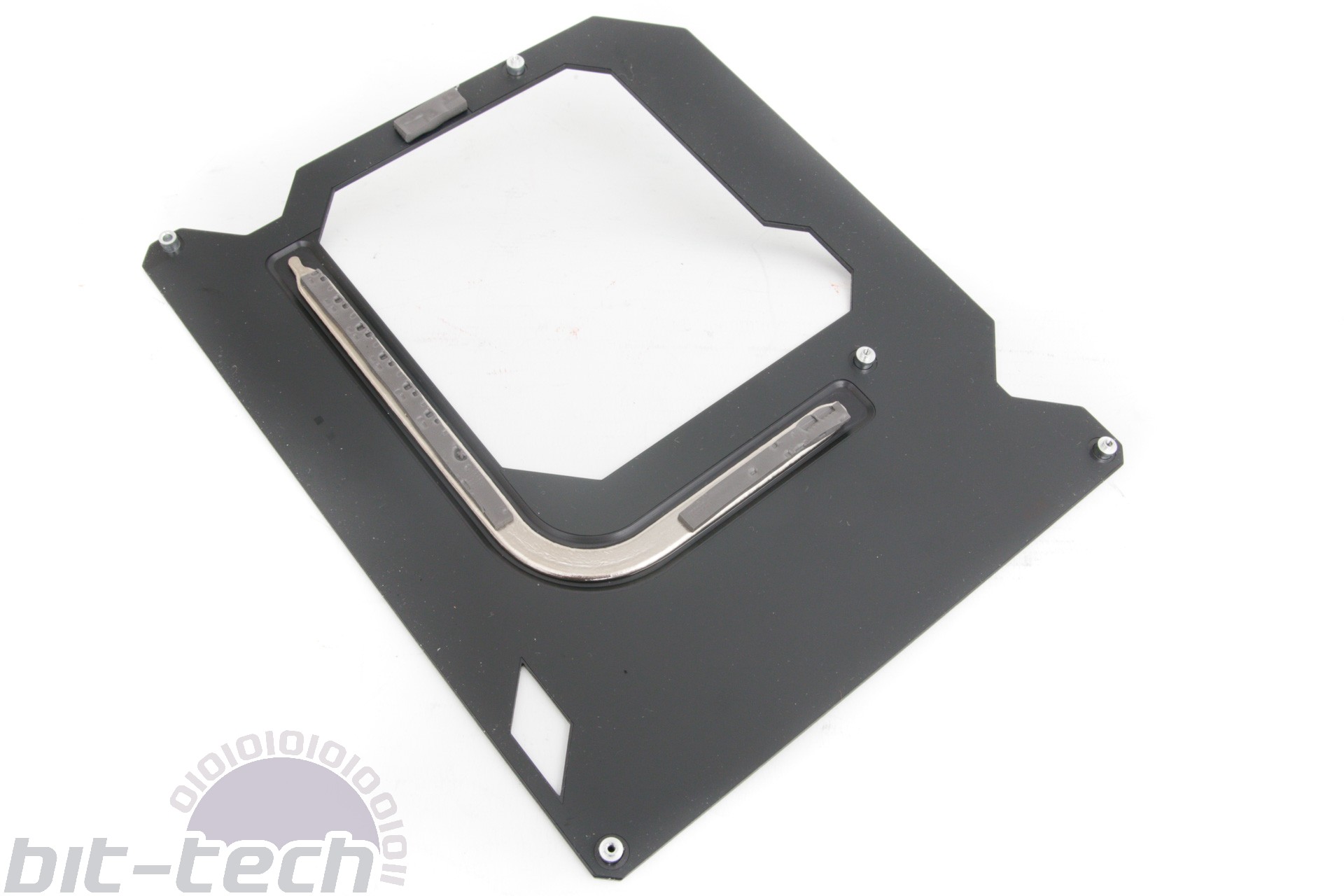
Another reason, albeit a passively-cooled one this time, is the backplate. Not only is it the first backplate-equipped, sub-micro-ATX motherboard we're aware of (what an accolade! - ed.), but Asus really has gone to town here and embedded a heat pipe that cools the VRMs and ports on the southern end of the PCB as well as the two chokes at the top of the board - or at least their undersides. Asus really couldn't cram much more VRM and chipset cooling in here - it's an impressive feat.
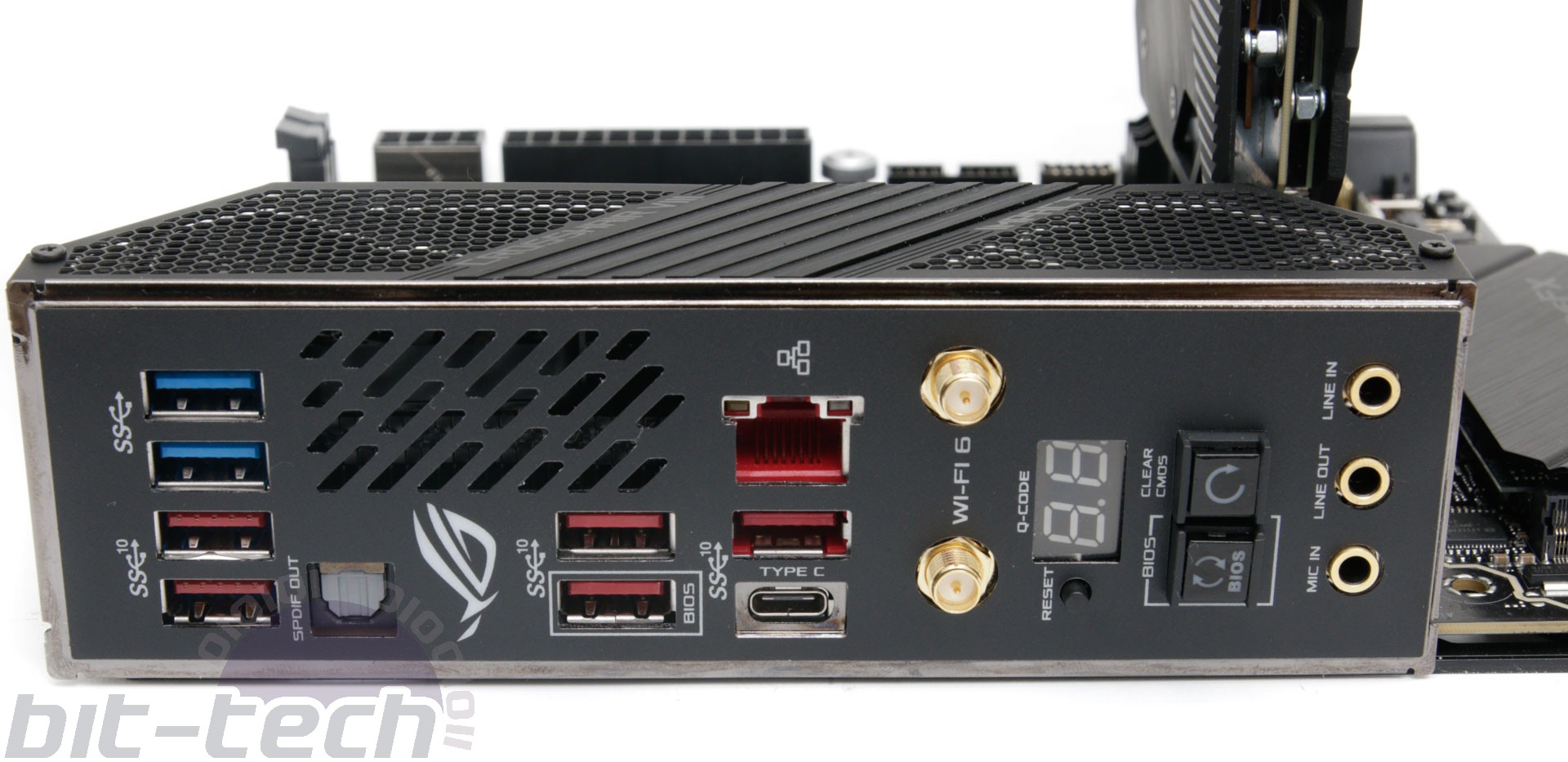
As well as a power button on the PCB, the rear I/O panel, with its integrated shield of course, sports a reset button, LED POST code readout, CMOS clear button, and USB BIOS Flashback. There's a generous amount of USB ports too, with a total of seven Type-A ports (five of these being USB 3.1 Gen 2, two being USB 3.1 Gen 1 AKA USB 3.0), plus a USB 3.1 Gen 2 Type-C port too. The Crosshair VIII Impact also includes the new Wi-Fi 6 (802.11ax) standard and includes a desktop aerial; the Ethernet port is Intel-powered and limited to standard Gigabit speeds.
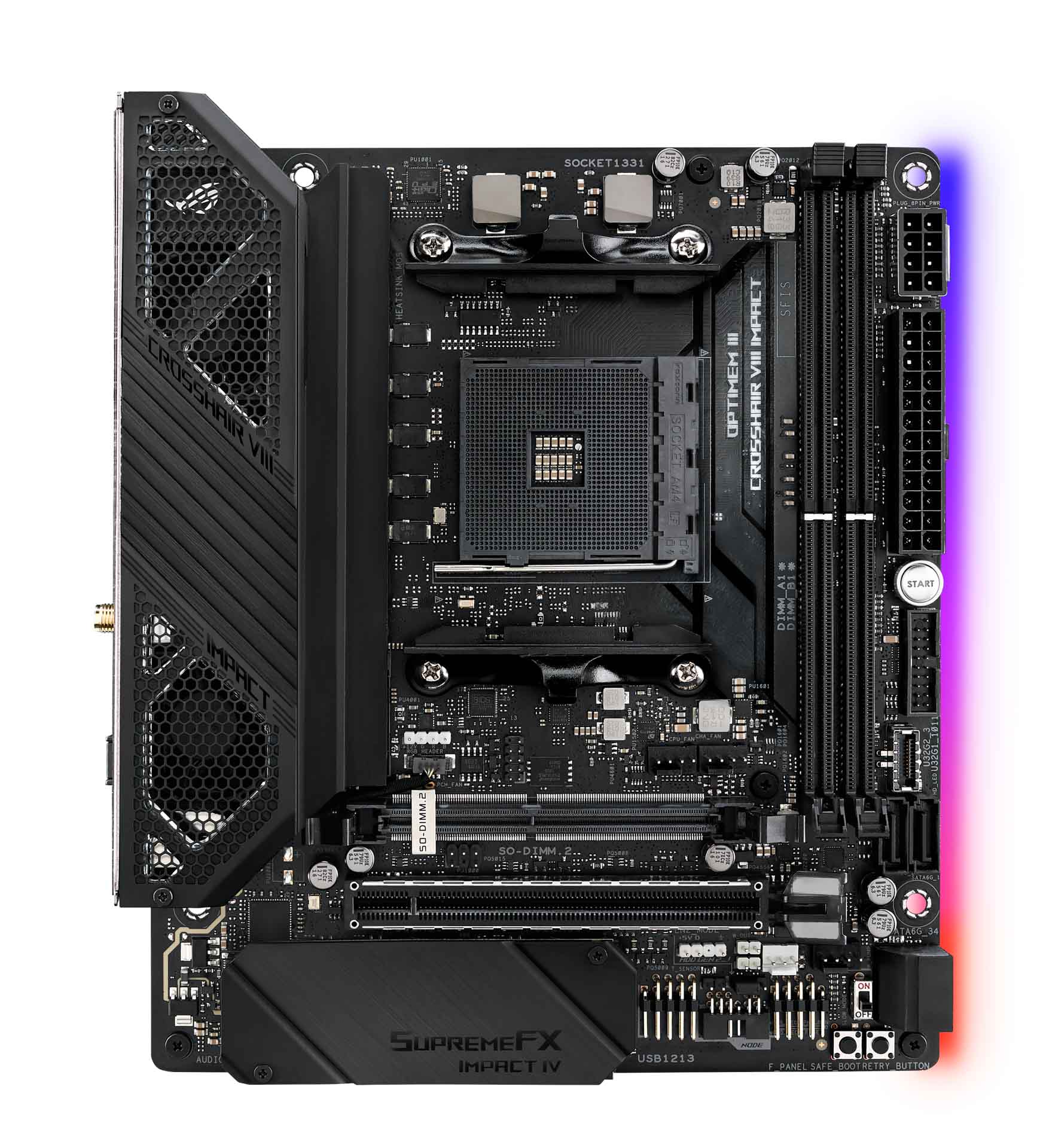
RGB lighting is present on the top of the SO-DIMM.2 module but is fairly restrained, while the rear of the PCB gets some lighting action down the right underside. It's snazzy but not in-your-face, and there are plenty of additional ports should you wish to add to the pizzazz.
Specifications
- Chipset AMD X570
- Form factor Mini-DTX
- CPU support AMD Socket AM4
- Memory support Dual-channel, two slots, max 64GB
- Sound Eight-channel ROG SupremeFX S1220
- Networking 1 x Intel Gigabit Ethernet, Wi-Fi 6 (802.11ax), Bluetooth 5
- Ports 2 x M.2 PCIe 4.0 x4 64Gbps/SATA 6Gbps up to 2280, 4 x SATA 6Gbps, 5 x USB 3.1 Type-A, 1 x USB 3.1 Type-C, 1 x USB 3.1 Type-C header, 4 x USB 3.0 (2 via headers), 2 x USB 2.0 (2 via headers), 1 x LAN, audio out, line in, mic, Optical S/PDIF out
- Dimensions (mm) 203 x 170
- Extras RGB LED extension cable, thermal probe, desktop Wi-Fi aerial

MSI MPG Velox 100R Chassis Review
October 14 2021 | 15:04

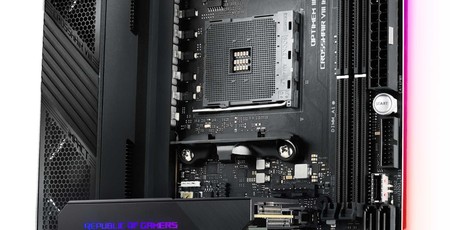
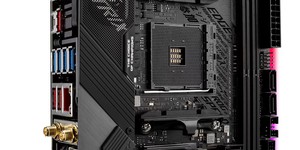
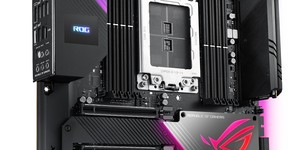
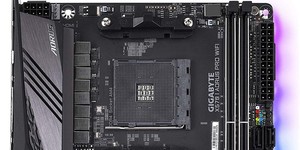




Want to comment? Please log in.